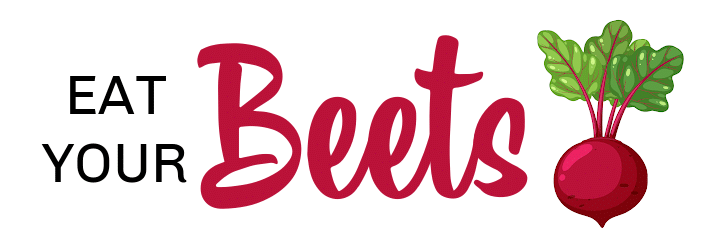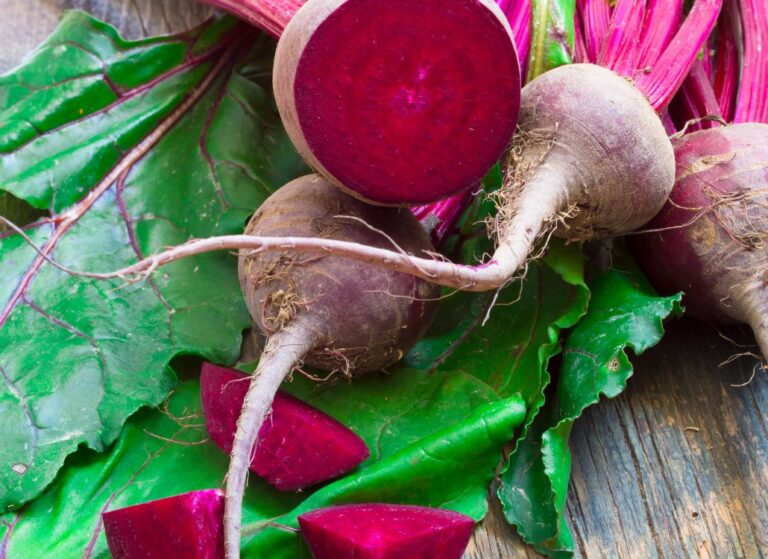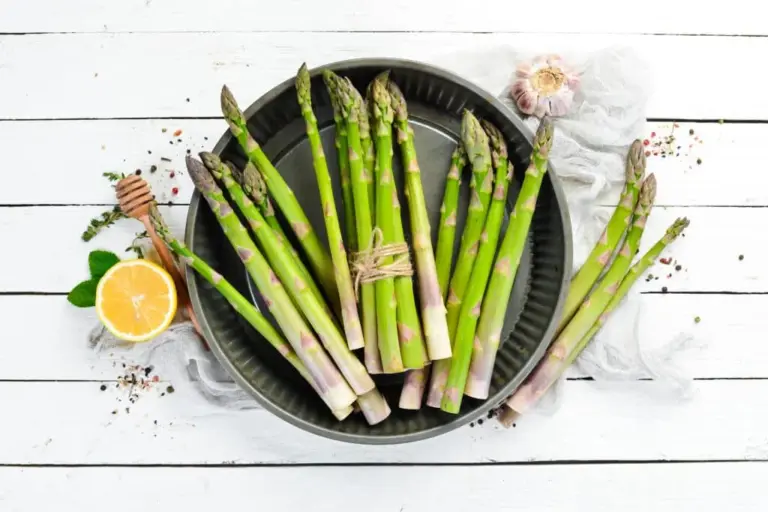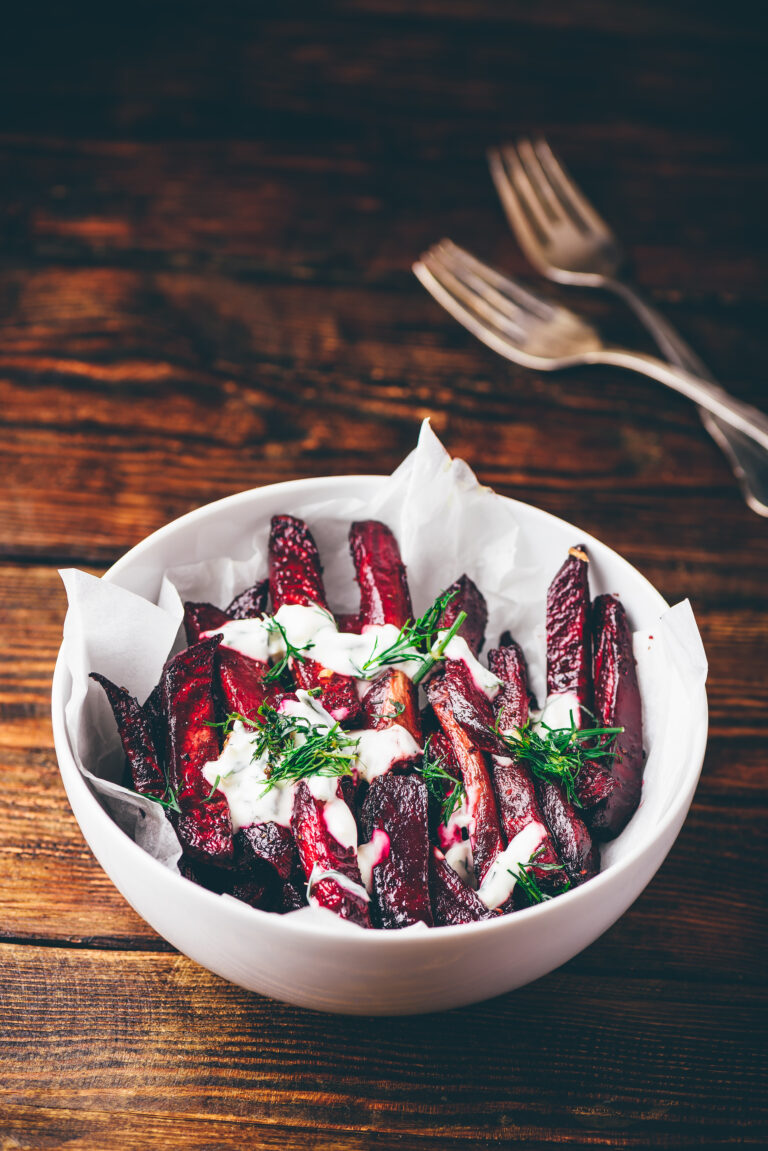How Long Does Jelly Take To Set?
Are you wanting to make jelly and need to know how long it will take? Today I’ll be answering the question how long does jelly take to set. Read on to learn more.
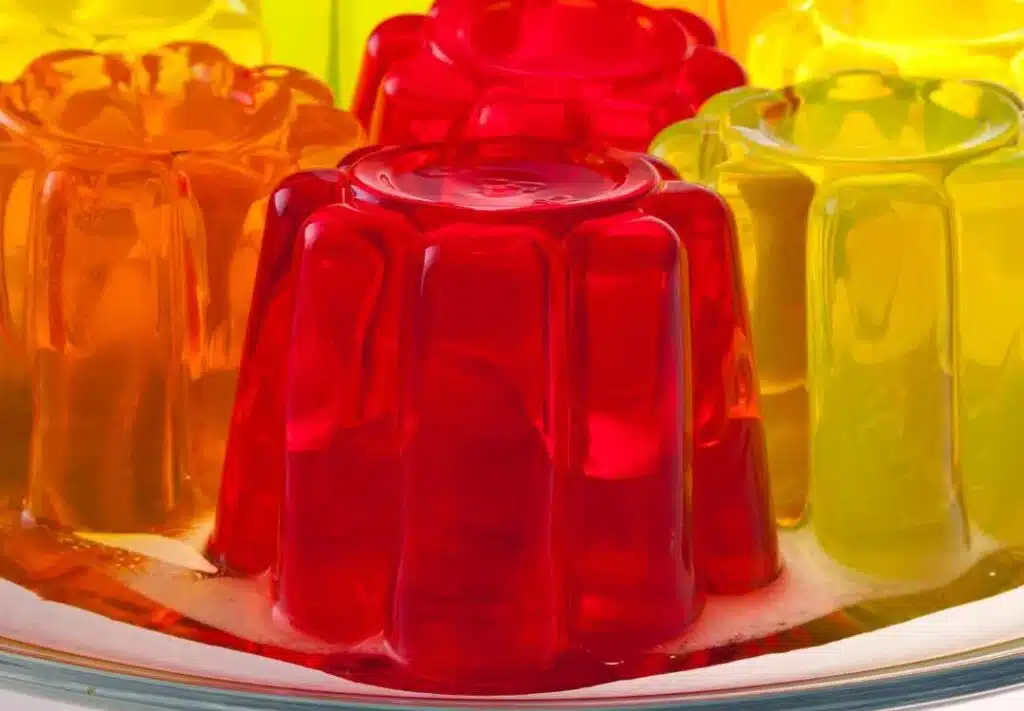
Contents
How Long Does Jelly Take To Set?
The setting time for jelly can vary based on several factors, including the type of fruit used, the amount of sugar, and the setting method. Here’s a more detailed breakdown:
How Long Does Jelly Take To Set at Room Temperature?
The setting time for jelly can vary greatly depending on several factors, such as the type of jelly, the ingredients used, and the specific conditions. However, based on general consensus, it usually takes several hours for jelly to set at room temperature.
In some cases, it may even take up to 24-48 hours for the jelly to fully set, especially if the jelly doesn’t initially set properly.

How Long Does Jelly Take To Set in the Refrigerator?
When it comes to setting jelly in the refrigerator, the process is usually quicker than leaving it at room temperature. Typically, homemade jelly can take around 4 hours to set in the fridge.
This timeline may vary depending on factors like the type of jelly, the ingredients used, and the thickness of the layer in your container.
How Long Does Jelly Take To Set in the Freezer?
If you’re looking to set jelly quickly, using a freezer is a great option. Typically, jelly can set in the freezer in about half the time it takes in the fridge. This means it usually takes approximately 1-2 hours for jelly to set in the freezer.
However, this may vary depending on the size and type of jelly. For instance, larger sizes might require more time.
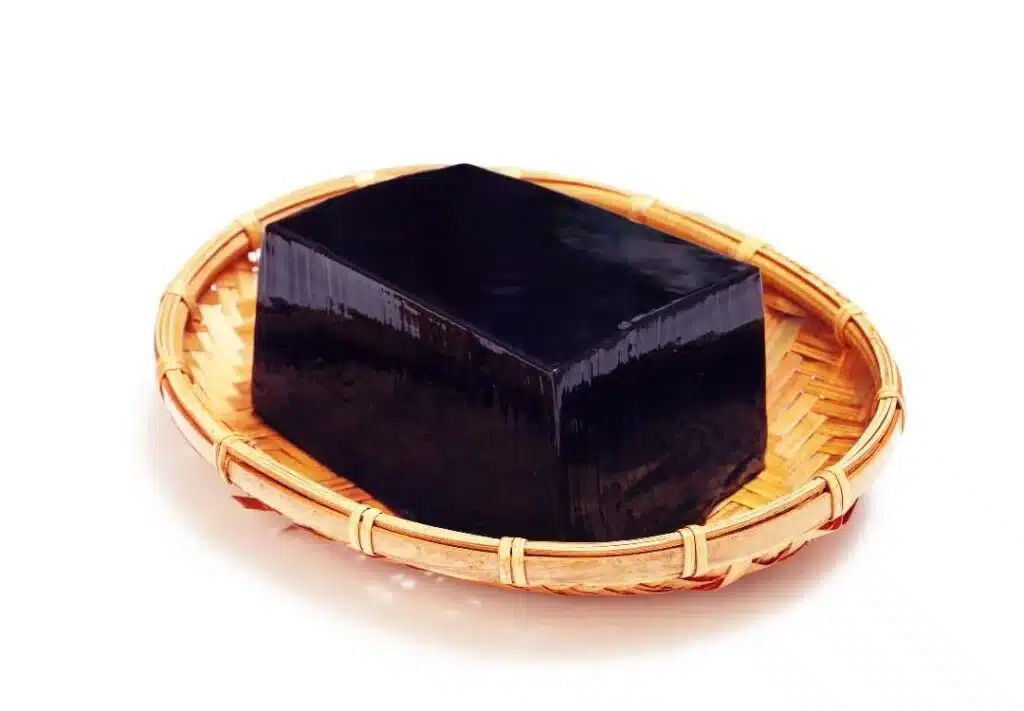
It’s important to check the consistency after the initial hour and then decide whether it needs more time. Be cautious not to leave it in too long, as this could affect the texture of your jelly.
Remember, freezing is just a method to speed up the setting process, not a storage solution for your jelly.
How Does Jelly-Setting Time Vary Based on the Type of Fruit Used?
The fruit jelly-setting time varies based on the type of fruit used due to differences in pectin and acidity levels.
Citrus fruits such as oranges and lemons, high in both pectin and acidity, contribute to quick setting. Lemon juice aids in setting, especially for low-pectin fruits. Vegan jelly often uses apples or citrus fruits as natural pectin sources or agar-agar for consistency.
Fresh pineapples, lower in pectin, require cooking to deactivate enzymes that can prevent setting. The process generally involves boiling crushed fruit or fruit juice with sugar, sometimes mashed fruit with corn syrup, until it reaches the gelling point and then cooling the fruit mixture to set.
The setting time can range from a few hours to 24-48 hours, depending on the specific recipe and ingredients used.
What Factors Can Influence Homemade Jelly’s Setting Time?
The setting time of homemade jelly can be influenced by several factors:
- Fruit Type: Different fruits contain varying levels of natural pectin, which is crucial for setting jelly. Citrus fruits, for example, are high in pectin and can set quicker than others.
- Pectin Content: The amount of pectin present in the fruit or added to the mix plays a significant role. More pectin will generally result in quicker setting times.
- Sugar Component: Sugar helps form the pectin chain, that gives jelly its firm structure. However, too much sugar can result in crystallization and affect the texture.
- Alcohol Addition: If you’re making alcoholic jelly, the alcohol content can slow down the setting process.
- Cooking Time and Temperature: The length of cooking and the temperature for jelly making process can also influence the setting time.
- Storage Conditions: After making your jelly, storing it in a cool, dry place like a dark pantry shelf can help maintain its consistency.
Adjusting your recipe considering these factors can help achieve the desired jelly consistency.
Are There Methods to Speed up the Jelly-Setting Process?
Absolutely; there are several methods to speed up the jelly-setting process:
- Ice Bath: After making jelly, you can place the jelly mixture in an ice bath. This rapid cooling method helps speed up the setting process.
- Cold Water: Some people recommend adding cold water to the jelly mixture after boiling it. This can help to kickstart the setting process.
- Jelly Mold: Using a chilled jelly mold can also expedite the setting process. By transferring the hot jelly mixture into a cold mold, you can accelerate the cooling and setting process.
- Ice Cubes: Similar to using cold water, incorporating ice cubes into the jelly mixture can also help speed up the setting time.
- Lemon Juice: Adding lemon juice when making jelly can aid in the setting process due to its high acid content, which helps pectin to set.
- Natural Sugars: The natural sugars present in fruits can contribute to the setting process. However, sugar free jelly may take a bit longer to set due to lower sugar content.
If your jelly ends up too soft or runny, don’t worry. You can still eat runny jelly. It can be used as a syrup on pancakes or ice cream, or for flavoring yogurt. If you want a firmer set, consider boiling jelly to a higher temperature to reach the setting point.
Remember, the goal is to achieve balance between the pectin chains, sugar, and acidity in your jelly mixture for the perfect set.
Differences in Setting Time: Gelatin-Based vs. Pectin-Based Jellies
Gelatin-based and pectin-based jellies differ significantly in their setting times due to their different gelling agents.
Gelatin-Based Jellies
Gelatin-based jellies, often used in desserts, rely on a protein-based gel network created when the gelatin powder is dissolved in hot liquid and then cooled. These jellies usually set quicker but require refrigeration.
Pectin-Based Jellies
Pectin-based jellies, commonly found in jams and preserves, utilize natural pectin from fruits or store bought powdered or liquid pectin. Powdered pectin creates a gel when combined with sugar and citric acid. These jellies may take longer to set as they often rely on the cooling and sugar crystallization process after boiling.
Agar jelly, another type of gelatin-based jelly, sets much faster than both and can even set at room temperature, making it a popular choice for quick-setting recipes.
How Can I Determine if My Jelly Is Fully Set?
To determine if your jelly is fully set, you can try several methods:
- Spoon Test: Dip a cold metal spoon into the boiling jelly mixture. Lift it about 12 inches above the pot to let the jelly drop off. If the last few drops form a sheet or flake rather than individual drops, your jelly is ready.
- Wrinkle Test: Spread a spoonful of hot jelly on chilled plate and let it cool for a few seconds. Push the jelly with your finger. If it wrinkles at the top, it’s set.
- Temperature Test: Use a candy thermometer to check the jelly’s temperature. The setting point for jelly is usually around 220°F (104°C).
Remember, the setting time can vary based on the recipe, so always follow the instructions given.
Additives or Stabilizers for Adjusting Jelly-Setting Time
Additives and stabilizers play a key role in adjusting the setting time of jelly. They help ensure that the jelly sets properly, giving it the desired consistency. Commonly used additives include pectin and gelatin, which interact with the other ingredients to form a gel-like structure.
If your jelly doesn’t set correctly, you can fix it by adding more of these stabilizers or adjusting the cooking time. Achieving a consistent setting for jelly is all about finding the right balance of these ingredients and the correct cooking process.
Molds or Containers That Expedite Jelly-Setting
When making homemade jellies, your choice of mold or container can significantly expedite the jelly-setting process. Here are some favorites:
Jelly Mold: A jelly mold made from metal or glass can speed up the setting process as these materials conduct heat away from the jelly more effectively. The jelly size also affects the setting time; smaller molds will set faster.
We love these super cute Dinosaur Jelly Molds. If you’re looking for a regular jelly mold then I’d recommend this non stick silicone Jelly mold!
Cool Metal Spoon: If you find yourself with soft jelly or jam, you can use a cool metal spoon to test its consistency. Dip the spoon into the jam preserves, and if it quickly forms a skin or wrinkles when pushed, it is at the setting point.
You can achieve the texture you want for your jelly in half the time by using the right equipment and following these tips.
Clear Jelly vs. Fruit-Chunk Jelly: Setting Time
The setting time for clear jelly and fruit-chunk jelly (jam) can vary based on several factors, including the type of fruit used, the amount of sugar, and the setting method.
Clear Jelly
Clear jelly is made from fruit juice and typically sets faster than fruit-chunk jelly. According to Mostly Greek, the contents may not “set up” right away. In fact, it can take up to a couple of weeks at room temperature.
However, in the refrigerator, it can set quicker, usually between 4 to 10 hours. If you’re in a hurry, you can speed up the setting process by placing your jelly in the freezer, where it can set in as little as 1 to 2 hours.
Fruit-Chunk Jelly (Jam)
Fruit-chunk jelly, also known as jam, is made from crushed or pureed fruit. As per My Northern Garden, after the hot-water bath, it should set within 10 minutes.
However, this is not the final set. The final set might take longer, sometimes up to 48 hours, at room temperature. In the refrigerator, the setting time is relatively shorter, around 4 to 10 hours.
Both clear jelly and fruit-chunk jelly have similar setting times, but clear jelly might take slightly longer to reach its final set due to its smoother consistency.
Final Thoughts
The setting time for jelly is largely dependent on various factors, such as the type of gelling agent used, the size and shape of the container, and the temperature at which it is set.
Generally speaking, most jellies will set within 2-4 hours in the fridge. However, homemade jelly preserves can require up to 48 hours to fully set. If you’re in a hurry, placing the jelly in the freezer can significantly accelerate the process.
Regardless of the method chosen, patience is key in achieving the perfect set for your jelly. With the right balance of ingredients and a bit of trial and error, you can create deliciously set jelly that is worth the wait.
